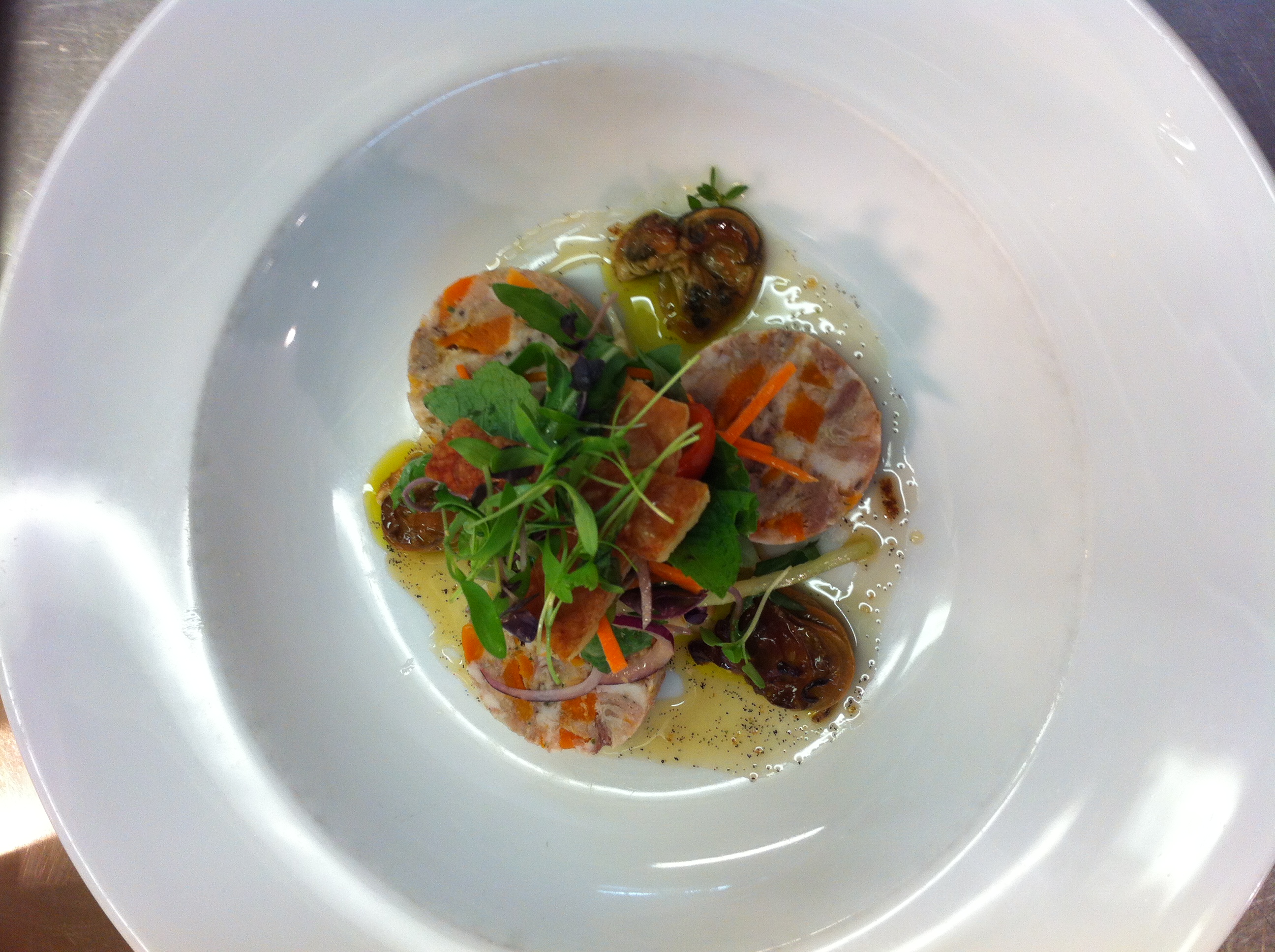Living and working on a tropical island
 The standard remark from people when I tell them where I work is “wow it must be great working in paradise!” Although I think people forget that working somewhere and being on holiday there are two completely different experiences! Working somewhere with a stunning view is great but unless you manage to have a good life/work balance then the inside of the kitchen walls all look the same no matter which part of the world they are in.
The standard remark from people when I tell them where I work is “wow it must be great working in paradise!” Although I think people forget that working somewhere and being on holiday there are two completely different experiences! Working somewhere with a stunning view is great but unless you manage to have a good life/work balance then the inside of the kitchen walls all look the same no matter which part of the world they are in.
Problems and solutions
Living on an island can feel a little bit like Alcatraz sometimes and the boarding school mentality can sometimes set it. The saying “don’t shit where you sleep” is not applicable in these circumstances! It is important to stay away from the gossip and the politics for once you start down the dark path forever will it dominate your destiny. Make sure you get your own space so you can separate yourself from work. Working and living on site can be great because you’re nice and close to work and can be at work quickly if something goes tits up, but it can also be difficult because you’re nice and close to work and are often back at work quickly when things go tits up. Whether you go for a swim, go to the gym, play some Xbox or go on a day trip, it is a really good idea to get a break from the scenery, the people and the work to mentally recharge your batteries.
Different cultures
People in different parts of the world work and live in different ways. A multi-national kitchen brigade is no different. Often some nationalities will naturally have difficulties working together due to cultural differences. There are often language barriers also. It can also be a struggle sometimes trying to manage a diverse group of people. For example in one person’s culture it may be disrespectful to give someone a “no” answer, so one needs to take this into consideration when asking questions such as “is all the prep done?” Or “did you follow the recipe?” As a manager it is up to you to learn the right approach to get the best out of your staff and understand and embrace these cultural differences.
Logistics
Working in a remote location or a semi-remote location poses a number of issues that one takes for granted when working in a city. When working in the CBD of a modern city you expect to be able to place your order at the end of the night, for the delivery to arrive by a set time in the morning and for the quantity and product to be correct and for the item to be of good quality. In remote locations, despite all your morals pointing away from it, sometimes you have no choice but to work out of the freezer. Perhaps you can only get a seafood or meat delivery one time a week or maybe even longer. You need to make a choice; do we buy in chilled and either run the risk of running out or serving old product? Not serve meats at all, or serve pre-frozen meats and defrost them carefully in the chiller overnight? Because of your location you sometimes have to make these difficult decisions. Often it is best to look at what’s available and work with that rather than trying to do something that is often unavailable or bad quality and end up pulling your hair out. All that you can do is do your best with what you’ve got.
Pros
 Working on an island (third time for me now) can be a very rewarding and challenging experience. If you go back to civilization then things do seem a hell of a lot easier! Make sure you try to make the most of what you have and enjoy it while you can. Don’t focus on the negatives and how you would like things, go with the flow and embrace that which you do have, not stress over what you don’t.
Working on an island (third time for me now) can be a very rewarding and challenging experience. If you go back to civilization then things do seem a hell of a lot easier! Make sure you try to make the most of what you have and enjoy it while you can. Don’t focus on the negatives and how you would like things, go with the flow and embrace that which you do have, not stress over what you don’t.
Related articles
- Found in Paradise: Coworking on Islands (deskmag.com)





















